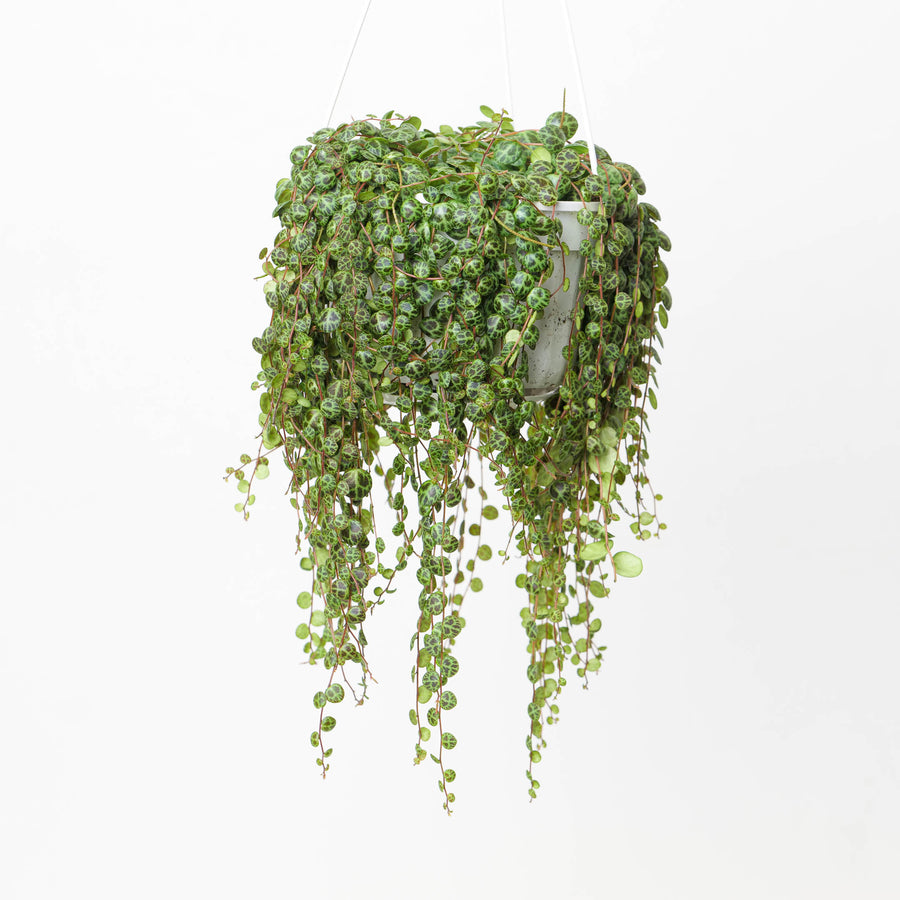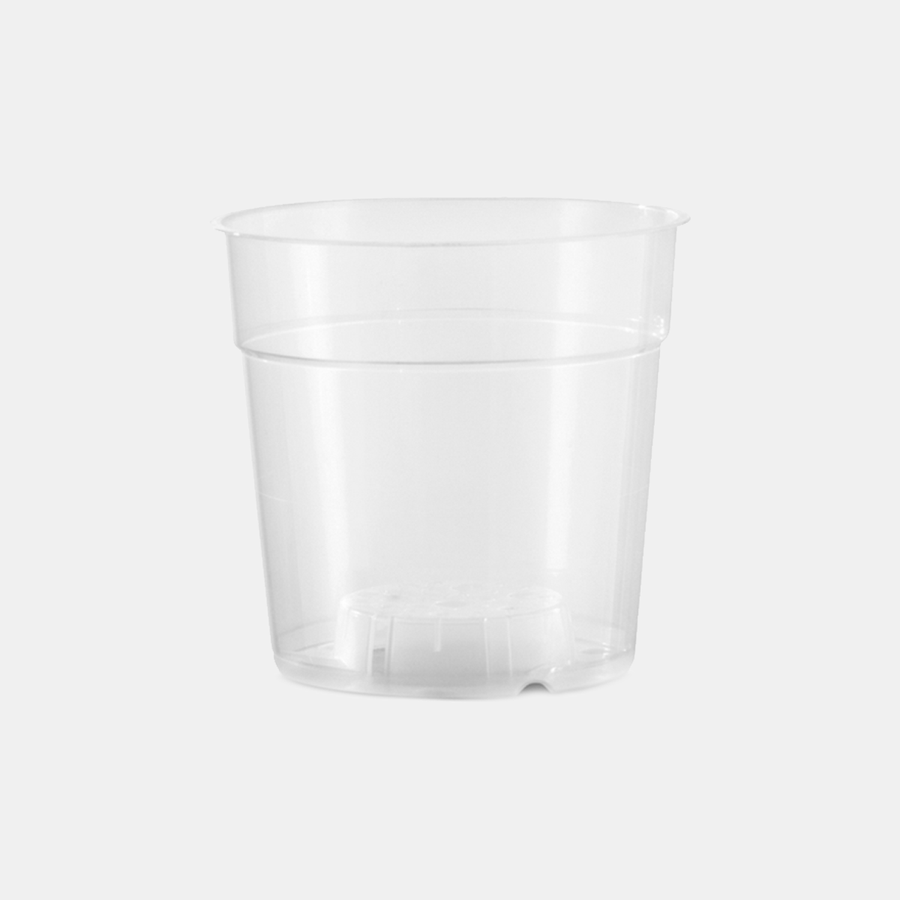Root Mealybugs On Your Houseplants? Here's How to Manage Them
Root mealybugs are a sneaky yet destructive pest that can severely compromise your houseplants—often without you even realising they’re there. Unlike the more commonly seen mealybugs on leaves and stems, these mealybugs feed on the roots of your plants, making them a hidden threat that’s tricky to spot. In this article, we’ll explore how to identify root mealybugs, the damage they cause, and the most effective ways to control and prevent infestations. For a broader look at mealybugs in general, be sure to check out our companion piece:
Mealybugs on Houseplants: A Comprehensive Guide to Identification, Prevention, and Control.

1. What Are Root Mealybugs?
Root mealybugs are a specialised type of mealybug that infest a plant’s root system rather than its foliage. Like their above-ground relatives, they belong to the family Pseudococcidae and share many characteristics:
- Appearance: They are small, soft-bodied insects covered in a waxy, white coating.
- Feeding Habits: They suck sap from the plant, depriving it of essential nutrients.
- Reproduction: They reproduce quickly, especially in warm, moist soil conditions.
However, because they reside below the soil line, root mealybugs can be more challenging to detect and treat, making them a particularly stubborn pest.
2. Identification
Identifying root mealybugs requires a closer look at the root system. You may suspect a problem if you notice unexplained plant stress or decline despite otherwise good growing conditions. Here are some key indicators:
- White, Cottony Masses on Roots: Gently remove the plant from its pot to inspect the roots. Look for small, white, cotton-like clusters clinging to the root surfaces or in the surrounding potting mix.
- Sticky Residue: Some species produce honeydew, which can make the soil or root area feel sticky.
- Small, Waxy Insects: If you look closely (using a magnifying glass if needed), you may spot tiny, wax-covered mealybugs moving slowly along the roots or just beneath the soil’s surface.
3. Signs of Infestation
Because root mealybugs remain hidden underground, the initial symptoms often appear in the plant’s foliage and overall health. Look for:
- Stunted Growth: The plant may stop growing or grow more slowly than usual.
- Wilting or Yellowing Leaves: Even if you’re watering correctly, the plant may show signs of drought stress because the mealybugs are disrupting nutrient uptake.
- Leaf Drop or General Decline: A severe infestation can lead to widespread leaf drop and eventual plant collapse.
If you notice any combination of these symptoms—especially if your care routine has otherwise been consistent—it’s wise to investigate the root zone.
4. Life Cycle of Root Mealybugs
Understanding the life cycle can help you time your treatments effectively:
- Egg Stage: Females lay clusters of eggs in a cottony mass around the roots.
- Nymph Stage (Crawlers): After hatching, young mealybugs (nymphs) move around the root zone, looking for feeding sites. This stage is the most mobile and often the best time to target them with treatments.
- Adult Stage: Once settled, adult mealybugs continue feeding and reproducing. They can live for several weeks or months, leading to multiple overlapping generations in the same pot.
5. How to Control and Prevent Root Mealybugs
1. Inspect and Isolate
- Check New Plants: Always inspect the root system of any new houseplant before adding it to your collection. Root mealybugs can easily hitch a ride in the soil.
- Quarantine Suspected Plants: If you suspect an infestation, isolate the plant immediately to prevent mealybugs from spreading to others.
2. Re-pot with Fresh Potting Mix
- Remove Infested Soil: Carefully take the plant out of its pot and shake or rinse away as much old soil as possible.
- Trim Damaged Roots: Prune away heavily infested or rotted roots with sterile scissors.
- Use Clean, Fresh Mix: Repot the plant in a sterile, high-quality potting mix to minimise the risk of re-infestation.
3. Chemical Treatments
- Systemic Insecticides: These products are absorbed by the plant’s roots and can help kill mealybugs as they feed. Follow the label instructions carefully to ensure safe and effective use.
- Insecticidal Drenches: Soaking the root ball with a diluted insecticidal solution can target mealybugs directly. Repeated treatments may be necessary, as eggs can hatch over time.
4. Biological Control
- Beneficial Nematodes: Certain nematode species prey on soil-dwelling pests, including root mealybugs. When applied to the soil, they can help reduce mealybug populations.
- Soil-Dwelling Predators: Some predatory mites and insects also attack root mealybugs, though their effectiveness may vary depending on environmental conditions.
5. Cultural Controls
- Maintain Healthy Roots: Proper watering, adequate drainage, and balanced fertilisation keep your plant’s root system strong and more resistant to pests.
- Moderate Soil Moisture: While root mealybugs can survive in various conditions, overly damp soil can stress roots and create a more conducive environment for infestation.
6. Frequently Asked Questions (FAQ)
Q: Are root mealybugs the same as regular mealybugs found on leaves?
A: They belong to the same family (Pseudococcidae) but specialise in feeding on the root system. While similar in appearance and life cycle, root mealybugs remain hidden underground, making them more difficult to detect and treat.
Q: How can I be sure I’m dealing with root mealybugs and not another issue?
A: If you notice symptoms like stunted growth or yellowing leaves without an obvious cause, gently remove the plant from its pot and inspect the roots. White, cottony masses or small waxy insects on the roots strongly indicate root mealybugs.
Q: Do root mealybugs spread to other plants easily?
A: Yes. They can move through shared water trays or when you reuse potting mix or containers. Quarantining affected plants and using fresh potting media can help contain their spread.
Q: Can I treat root mealybugs the same way I treat foliar mealybugs?
A: Some treatments overlap, such as systemic insecticides or biological controls. However, the application method often differs—root mealybugs typically require a soil drench or targeted root-zone treatment rather than foliar sprays.
Q: Will beneficial nematodes harm my plant?
A: Beneficial nematodes are generally safe for plants. They target soil-dwelling pests and can help reduce root mealybug populations without damaging the root system.
Q: How often should I inspect my plants for root mealybugs?
A: A monthly check is a good practice, especially if you have had pest issues in the past. Catching an infestation early greatly improves your chances of successful treatment.
Conclusion
Root mealybugs pose a unique challenge because they feed out of sight, deep within the soil. By understanding their life cycle and knowing the signs of an infestation, you can take quick, decisive action to protect your houseplants. From quarantining new additions to re-potting with fresh mix and using targeted treatments like systemic insecticides or beneficial nematodes, multiple strategies can help keep these hidden pests at bay. For a broader overview of mealybug issues—both above and below the soil line—check out our in-depth guide on Mealybugs on Houseplants: A Comprehensive Guide to Identification, Prevention, and Control.
With consistent monitoring and proactive care, you can maintain a healthy, pest-free indoor garden—ensuring your cherished houseplants continue to thrive. Happy growing!






